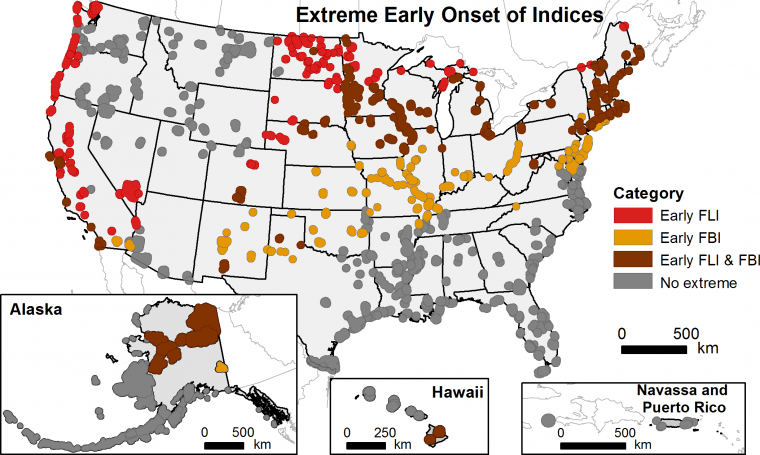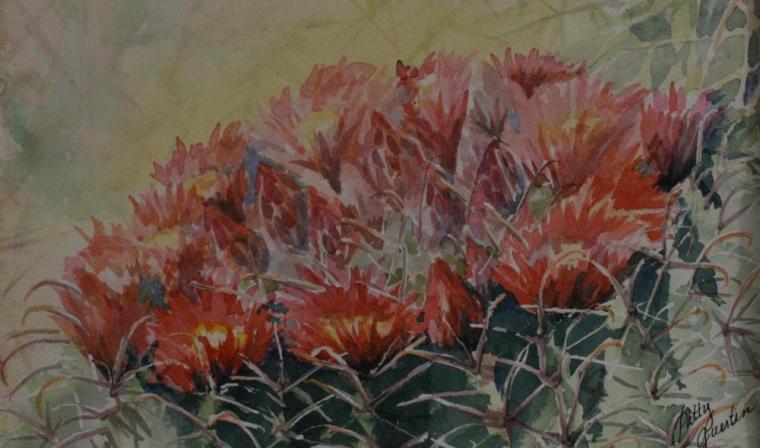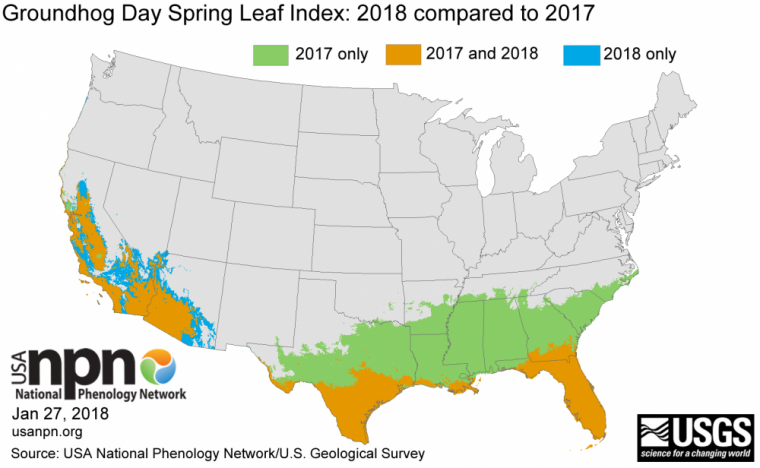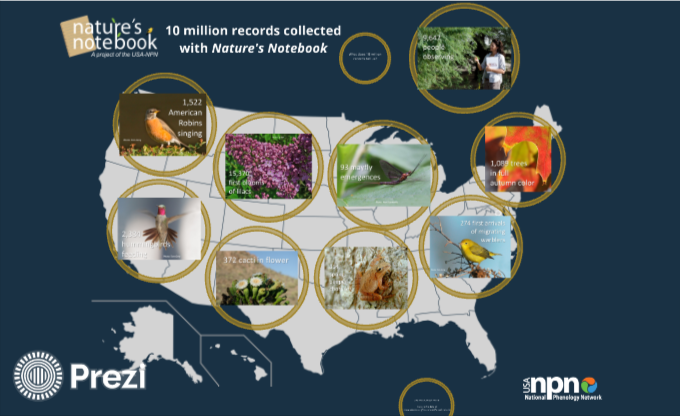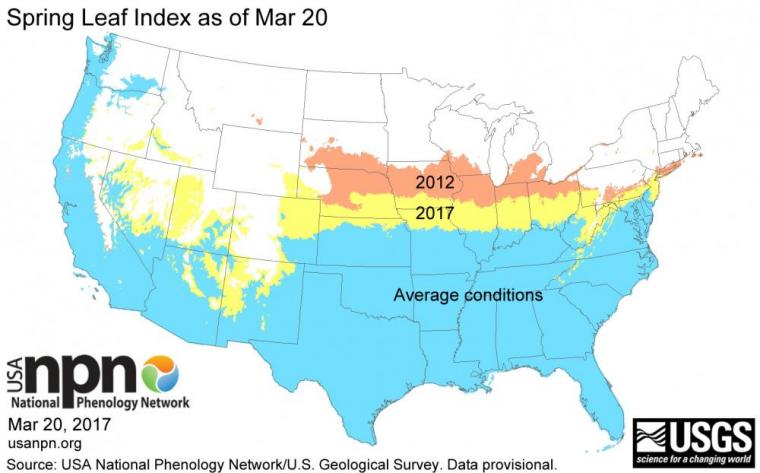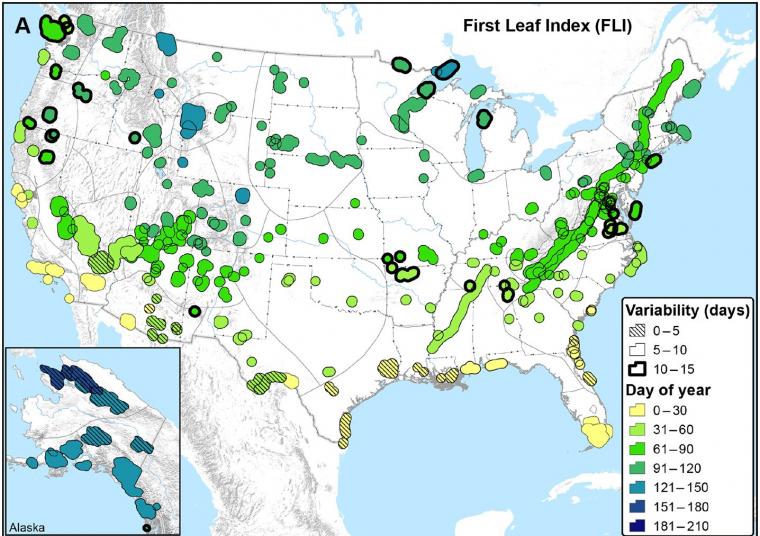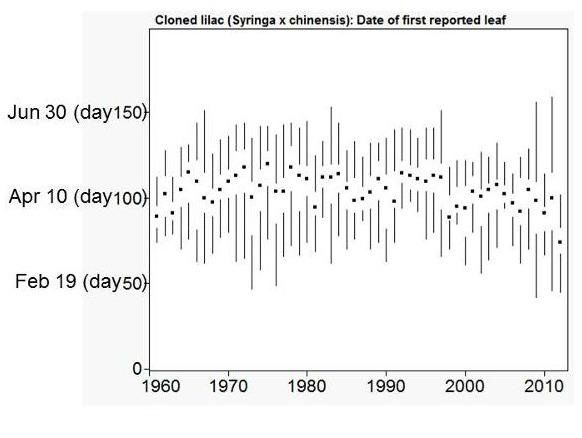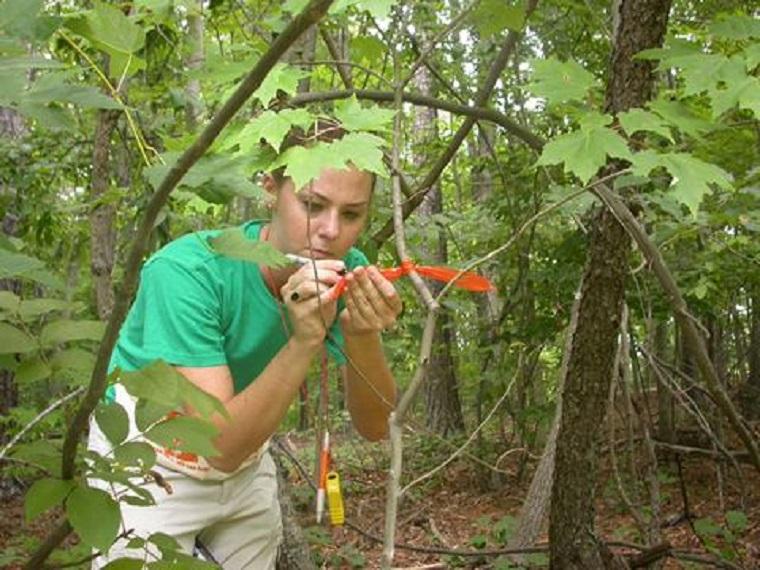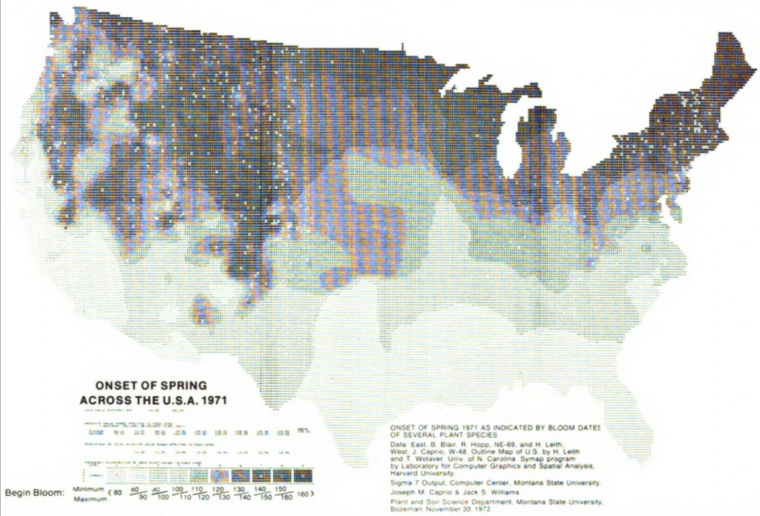
USA-NPN 10 year Anniversary Event
In 2018, we commemorated 10 years of the USA National Phenology Network and data collection with Nature's Notebook.
On October 19th, we brought together USA-NPN partners and Nature's Notebook leaders and observers at the home of the USA-NPN's National Coordinating Office in Tucson. There we reflected on the last 10 years of the USA-NPN and envisioned the next 10 years.
